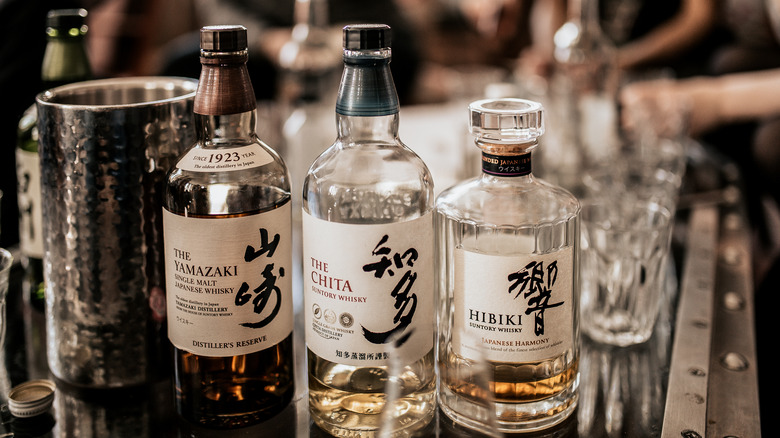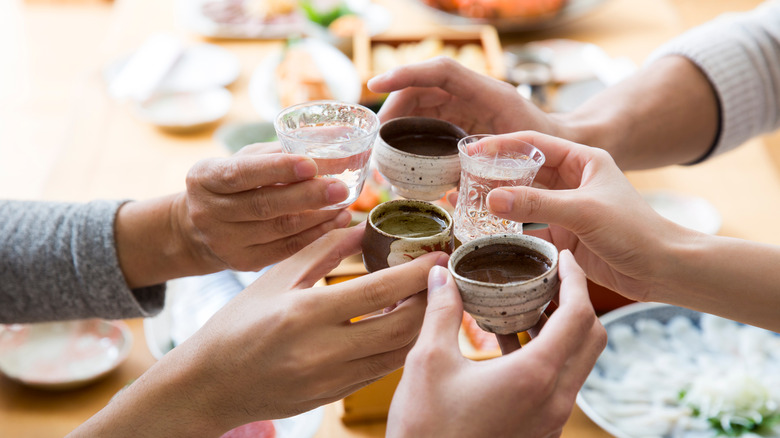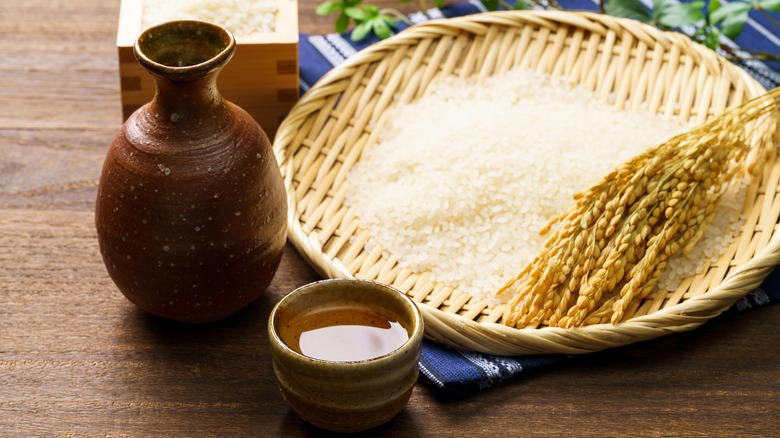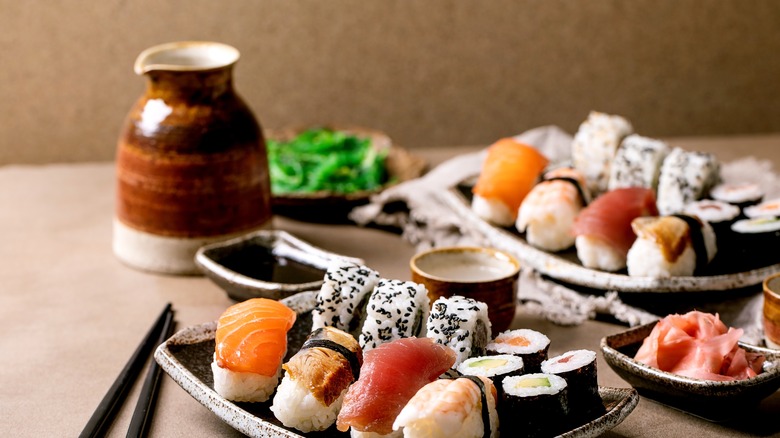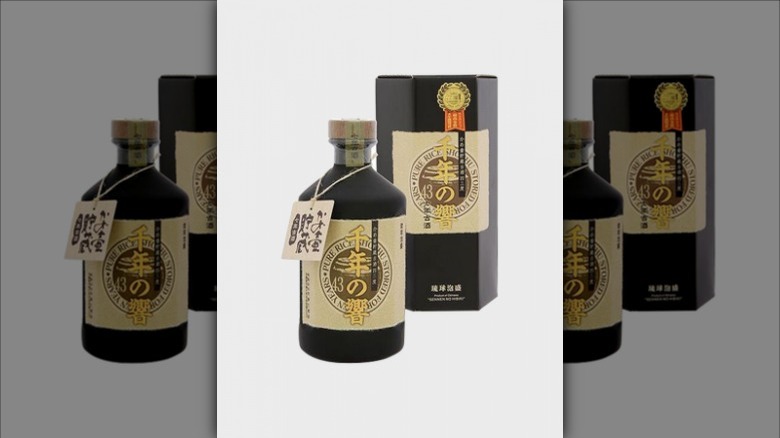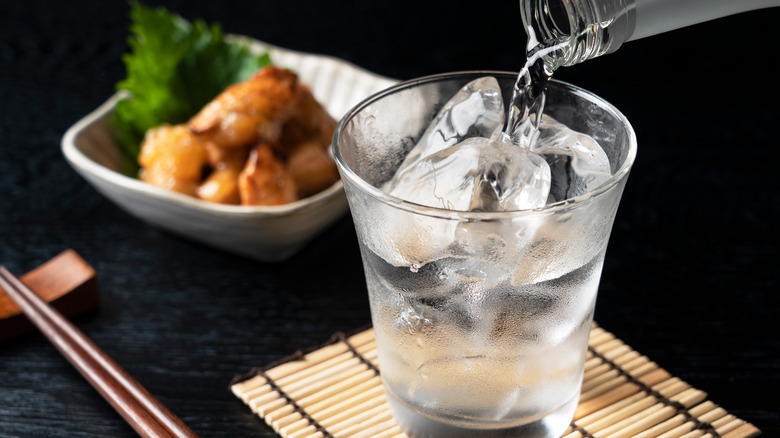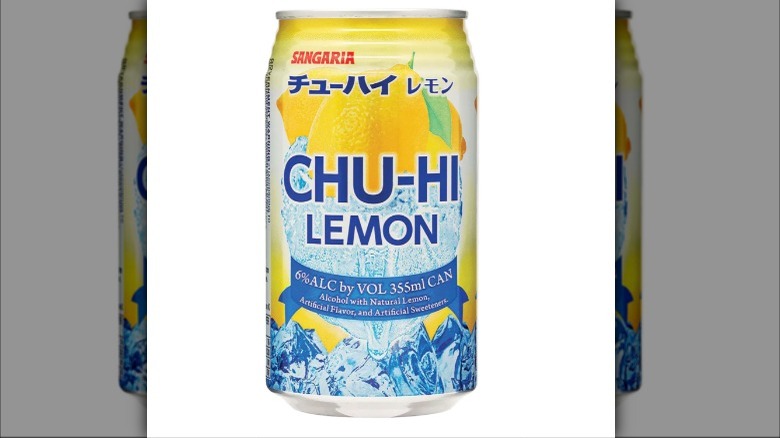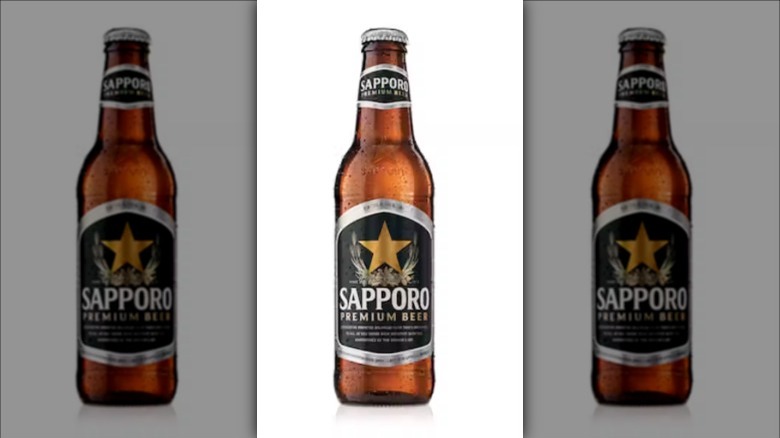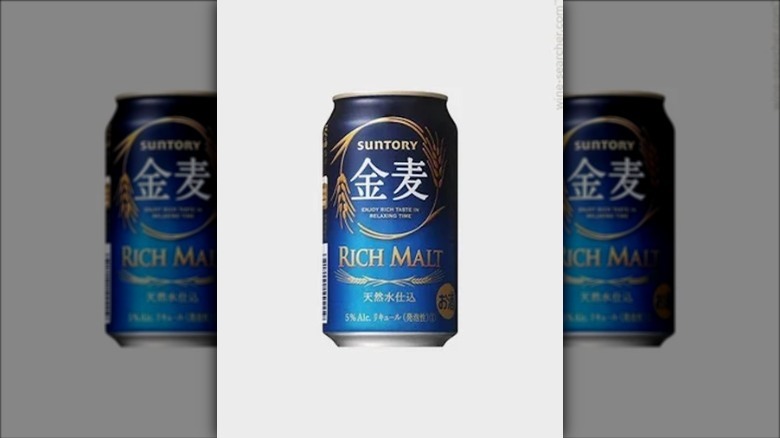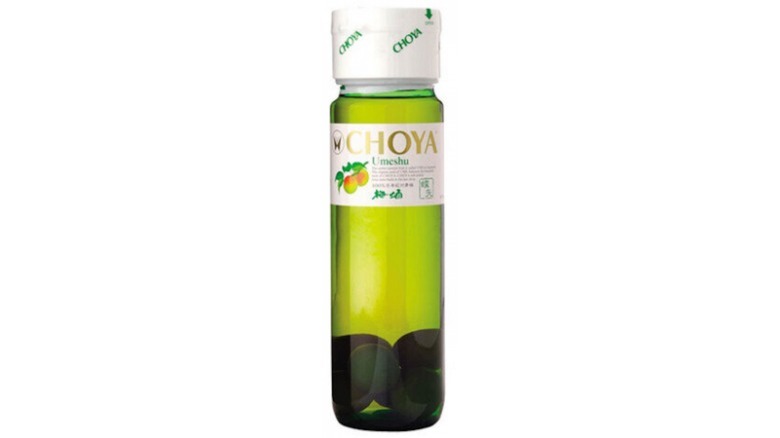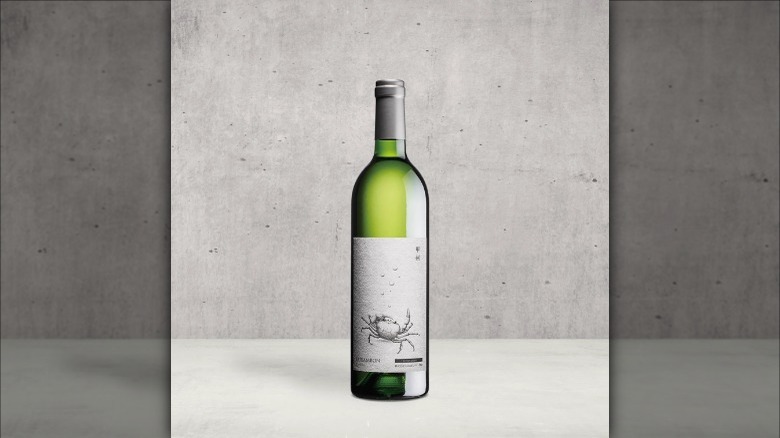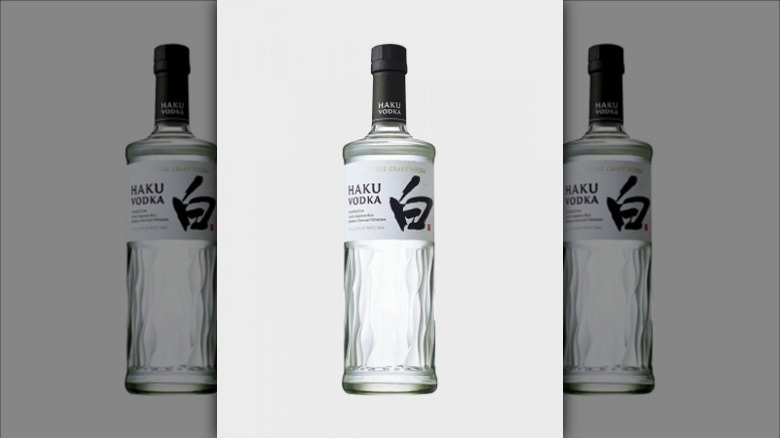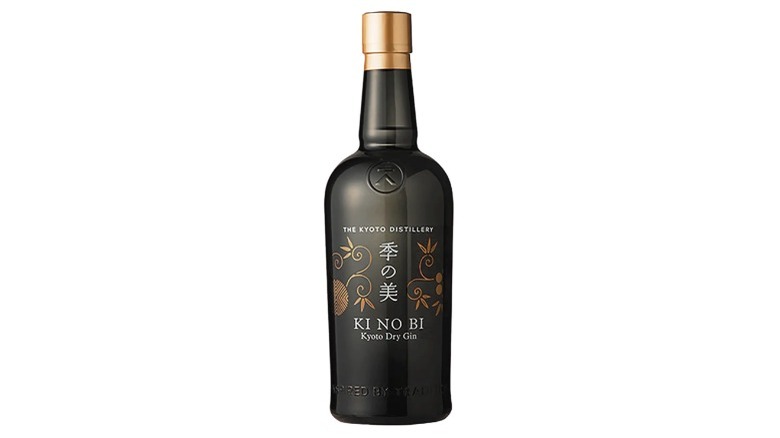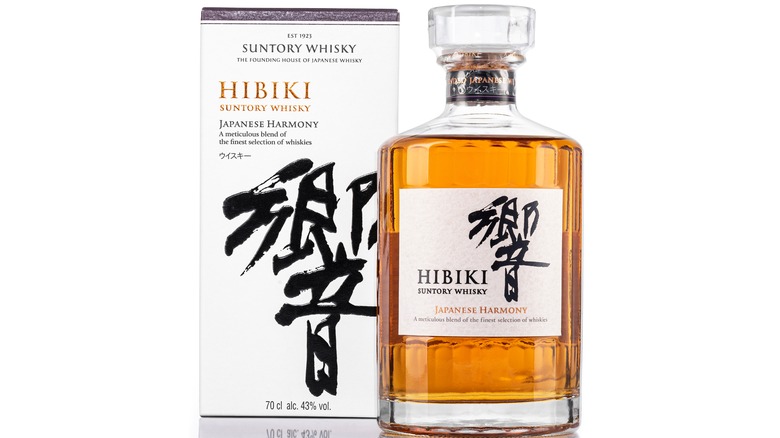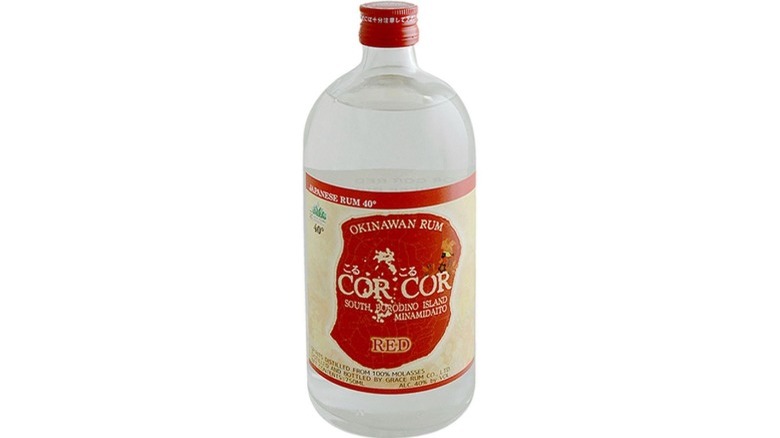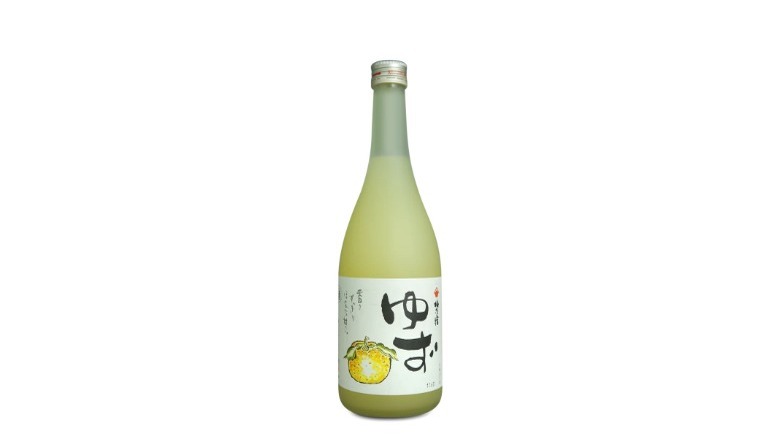The Ultimate Guide To Japanese Alcohol
Many people focus on the wonderful food Japan has to offer, but it's important not to overlook the impressive array of uniquely Japanese alcohol that can be found there, too. While Japan's history stretches back thousands of years, it is no surprise there have been innovations in alcohol flavor and fermentation.
Producing a wide range of alcohols, Japanese distilling and exportation is on the rise. And so, there's no better time to acquaint yourself with all the amazing options. And if you're in Japan and want to order a drink at a restaurant or izakaya, our ultimate guide to Japanese alcohol will help you gain confidence.
Japanese drinking etiquette
First, you may be wondering what an izakaya is. Izakayas are Japanese bars that also offer a range of foods. The dishes are often smaller, more similar to tapas than a full meal, and are there to complement the wide range of alcoholic beverages. If you are out with friends at an Izakaya, it's important to understand that the bill etiquette is not the same as in other countries. Bills are not itemized so the cost of any group drinking will be split evenly among group members. Tipping is not customary.
Japan's drinking etiquette is based on social gatherings. Therefore, it is better to drink together than to drink alone. Wait until everybody has a drink before you start drinking. Additionally, if bottles are being shared, never pour your own, instead, top off your neighbors' drinks and they will do the same for you. Related to this, it is often considered polite when in a social setting to order the same drink to make this sharing easier.
This can all be a lot to take in, but just a little practice learning Japanese drinking etiquette will lead to a happy bonding time for you and your drinking friends.
Sake
The first drink many think of when they think of Japanese alcohol is sake, and while there is so much more to Japanese alcohol than just sake, the drink is undoubtedly an important one.
Sake is made from fermented rice — it is often referred to as a wine or sometimes a beer, but really sake is its own category of alcohol. Records show fermented rice drinks popping up as early as the 3rd century in Japan, likely making their way from China, where the technique had been practiced since around the second century BCE. For centuries, sake was only made by the Japanese courts and was thus only available to the wealthy and powerful. This changed, though, between the 12th and 14th centuries when production shifted to temples. This made it available to a broader range of people.
Commercial makers began to show up as techniques were improved, and in the 1990s, Japan enacted the standardization for sake labels. Now each label is legally required to state the product name, producer, size, alcohol content, ingredients, and production date. This can be helpful in choosing a bottle of sake.
Drinking sake
When you are ready to drink sake, there are some things you should know. Sake often has a fruity flavor similar to that of wine. In other words, it does not taste like cooked white rice. Sake can be drunk in a number of ways. It can be warmed as a way to play down some of the excess acidity often found in cheaper wines. Higher-quality sake is often served cold, but truly high-quality sake is served at room temperature.
Sake should be sipped and savored, not taken like a shot. Sake pairs well with many foods, like sushi – but it also goes with cooked fish and pairs particularly well with fresh fruits and vegetables, along with pickled ones.
The price range for sake goes from just a few dollars up to several hundred dollars. The price is determined by things such as the time spent polishing the rice, a process that helps refine the final flavor of sake, as well as time-intensive processes, such as aging. Both of these will lead to a more expensive sake.
Awamori
Awamori, like sake, is a rice-based spirit. But where sake stops at the brewing stage, awamori goes on and is fermented. Today it is most often associated with Okinawa, but Awamori is said to be the oldest distilled liquor in Japan. While fermentation has been around for more than a millennium, distillation did not find its way to Japan until the 14th century in Okinawa. By 1429 Awamori was being made.
The liquor is made by soaking rice, then adding in black koji mold, after which the resulting mix is distilled and left to age. The longer Awamori ages, the better. This creates a product that is 30-40% alcohol and offers a complex flavor that varies depending on aging and other factors. Notes such as vanilla, oil, and nut come up often. Much like whisky, Awamori can come cheap, starting at just $17, but since aging is valued in this spirit, the prices can easily creep up to a $1,000.
Awamori can be drunk straight up, though this is usually reserved for those aged more than 10 years. The drink is poured into very small glasses and sipped so the flavor can be truly appreciated. It can also be diluted in warm water or cold water. Its unobtrusive taste, when watered down, makes it a great pairing for meals of almost any kind. Finally, it can be used as a base in cocktails.
Shochu
Sake may be more commonly thought of throughout the world, but Japan actually consumes more Shochu. Shochu is a distilled alcoholic beverage commonly made out of vegetables such as sweet potatoes, and grains such as barley, rice, and buckwheat. These ingredients can produce a wide range of flavors in the final product. It is often described as similar to vodka, and the sweet potato gives a sweet flavor.
Shochu has been made in Japan for more than 500 years. Original versions were made using rice and grains, with ingredients like the sweet potato added following its introduction and rise to popularity in the 18th century.
Since Shochu is a distilled spirit, there is some processing that affects the taste and quality. Shochu is separated into two categories, honkaku shochu, which goes through a single distillation process, and kourui sochu, which goes through multiple distillations. The latter is clear and loses much of the flavor and is better suited to cocktail mixing, whereas honkaku is more flavorful and meant for drinking. Either way, the end result is a beverage usually between 25-30% alcohol. Prices can range from $18 to more than $200 for a premium bottle.
Shochu is a versatile spirit and can be served warm or cold, can be mixed with water, or mixed in a cocktail. It pairs well with many foods, including pizza.
Chuhai
A relative of shochu is chuhai. Chuhai is a simple cocktail made using shochu and carbonated water. The original name for this was the shochu highball, which was then shortened to chuhai. While it may seem odd to include a single cocktail on this list, the chuhai has taken on a life of its own and now encompasses its own category of alcohol.
The drink sprang from a public desire for affordable drinkable alcohol. After World War II high quality alcohol was in short supply, but shochu could be easily and quickly made, just not at a particularly high quality. So, in an attempt to make the drink more palatable, it was mixed with soda water, and the shochu was born.
The biggest shift for the drink, though, came in 1983 when the first bottled version of the drink hit the market. It was an instant hit, and today canned chuhai drinks are more popular with young people than even beer.
Chuhai comes in all sorts of flavors, adding to its appeal. Syrups and juices are added to create lots of variety, all while the natural flavor of the alcohol is played down. Some Chuhai does not even use shochu as the base spirit. Overall, the cans are also fairly low in alcohol at less than 10%; this keeps the price low, with an average can costing just 156 yen, or about $1.17.
Beer
There are lots of alcohol options to choose from, but something had to come out on top, and in Japan, it's beer. There are a few stories about how beer first found a place in Japan. The first is that Dutch traders brought beer over, and it was a hit. Then it is said the first beer was brewed in Japan by Koumin Kawamoto in 1853. Kawamoto was a doctor and made that titular first batch while following the instructions on the process in a book. When, in 1876, the first brewery opened, Japanese beer was destined for greatness.
Like beer made anywhere, beer consists of just grain, yeast, and water. Japanese beers tend to be lighter on the malt and include grains such as rice in the mix. This produces a lighter beer than many may be used to. All in all, though, Japanese beer is not going to set you back too far. A case of 12 for brands like Kirin Ichiban is only $15. Craft beers in Japan are around $10-$12 for a six-pack. While this is not dirt cheap, it is not horribly expensive either. Just remember that due to etiquette, it is better to pour the beer into a cup and not have it from the bottle, and never pour your own drink.
Happoshu
Within the world of beer in Japan, there is a particular kind of beer called happoshu, which means sparkling alcohol. Happoshu is beer made with a lower malt content than other beers. In Japan, these lower malt beers are taxed at a different lower rate than standard beer. This means they're cheaper to produce and consume, making them quite popular. The lower malt gives the beer an even lighter flavor than other beers and tends to be lower calories. Happoshu can be marketed as a healthy substitute for typical beer, much in the way light beer is. However, a revision was made to Japanese beer taxes, which made happoshu more expensive — so what did producers do? They took it one step further with "New Genre Beer," which has no malt whatsoever, but has added liqueurs.
Now, even though happoshu prices have gone up in recent years, they remain cheap. The cost of these beers can be just 120 yen, which is less than $1. New Genre Beer can even go for 600 yen for a six-pack. We can see why these lighter beer alternatives have grown so popular.
Umeshu
Umeshu literally means plum wine. Despite this, it is not actually a wine. It is made from ume plums which are green in color and much more sour than other varieties. However, unlike wine (where fruit is fermented) umeshu starts with a base of liquor and sugar to which the plums are added to extract their flavor. This makes it technically a liqueur.
Ume plums were first introduced to Japan more than 2,000 years ago by way of China. The fruit quickly gained in popularity both for its beautiful blooms and for the fruit which was used to make umeshu. When umeshu was first created, it was used as a tonic to cure sore throats. Now, however, it is enjoyed as the delicious alcoholic beverage it is.
The combination of sweetness from the sugar and tartness from the ume plum give this drink a unique sweet and sour flavor that is pleasant and striking. It has a thicker, almost syrupy texture. While it can be made with a high alcohol content, depending on the liquor used to soak the plums, it is typically made to have less than 20% alcohol, as this avoids higher taxes and allows people to make the drink at home.
Speaking of which, it is cheap and easy to make if you have the ingredients. But if you want to purchase umeshu, decent bottles can be had for just $15. Umeshu is often drunk poured over ice. However, you can also drink it straight, mix it with water, or use it as the base of a cocktail.
Wine
Grapes first came to Japan in 718 CE, but wine did not come to the country until the 16th century, brought by the Portuguese. For a long time, wine was simply a desirable import. Japan first started producing its own wine commercially in 1874, taking from European traditions and methodology. The rise in Japanese wine first started to come after World War II. Unfortunately, at the time, the wine was considered harsh and acidic, so sweeteners were added to take the edge off. Through the second half of the 20th century, there was more of a push to hone Japanese wine, and the quality improved, and began winning international awards.
Today Japan has a blossoming viticulture scene. Currently, they are seeing increases in small producers creating natural wines. Part of Japan's success has been developing hybrid grapes better suited to Japan's climate that offer uniquely Japanese flavor profiles. Possibly the most popular of these is the Koshu grape, a hybrid that is acidic and offers citrus flavors.
The wines in Japan tend to offer a mellow flavor and are a bit sweeter than a typical European selection. Designed to complement and not overpower the foods they are paired with, they're typically served with dinner. Wine is typically 10-14% alcohol. While there is a wide range in price for wine, an average bottle of table wine costs about $9.
Vodka
Vodka is a neutral distilled spirit that can be made from just about anything. While it is most commonly associated with places like Russia, it can be made anywhere. Thanks to a wonderful merging of cultures from Russian-born Japanese immigrant Michael Kogan, a budding industry of vodka that is uniquely Japanese was born.
Kogan fled Russia after the 1917 Russian Revolution. He settled in Japan, where in 1953, he founded the Taito Trading Company, which imported goods. It was not long after Kogan decided importing was not enough that he made the first Japanese-produced vodka. Prior to this, all vodka was imported. Taito would later go on to revolutionize the gaming industry by creating the arcade classic Space Invaders in 1978.
Part of the popularity of vodka is that it can be made from cheap, plentiful ingredients. In some areas, that means potatoes, and in others, corn — but in Japan, it is common to see vodka made from Japanese rice. One such vodka is Haku vodka by the Japanese company Suntory. The rice offers a distinct and slightly sweet flavor to the vodka while maintaining the overall subtlety of the drink's flavor.
Despite this subtle flavor, vodka packs a powerful punch with a 30-40% alcohol content. Haku vodka retails for roughly $30 in the United States, but prices can be much lower in Japan. Vodka can be drunk straight or used as a base for cocktails.
Gin
Gin is a unique spirit because there is so much room to play with the flavor and ingredients. Gin is made by distilling a grain mash with a host of botanicals. Typically juniper berries are included, hence the name.
The first Japanese gin was launched in 1936 by Suntory. At the time, though, it strove to emulate a British-style gin. However, the past decade has seen a new emerging market of Japanese gin that focuses on the flavors unique to the country. In 2016 two British ex-pats opened The Kyoto Distillery, which released the craft gin Ki No Bi. It features botanicals such as yellow yuzu, Japanese red pine chips, and Japanese peppercorn made with a rice-based spirit. The resulting spirit is uniquely Japanese with a high alcohol content of 45.7%.
Now others have followed suit, with the gin market growing by 25% between 2015 and 2020. Gin is no longer only imported; exports of Japanese gin have grown by 850% in recent years. To get Japanese gin outside of Japan, the prices start at around $25.
Whisky
Scotland has long held the admiration of the world for its whisky, but Japan is coming for them. In 2020 The World Whisky Awards crowned a Japanese whisky as "World's Best Single Malt," a title Hakushu Single Malt 25-year-old previously held in 2018. Another Japanese whisky, Chichibu Ichiro's Malt Blended, won the "World's Best Blended Limited Release."
If you are wondering where this powerhouse whisky industry came from, it all started in 1899 with Shinjiro Torii and Masataka Taketsuru. Shinjiro Torii owned a wine shop. While his business did well, Torii dreamed of one day creating distilled Western-style drinks in Japan. Masataka Taketsuru came from a sake-brewing family. He left Japan to study chemistry at the University of Glasgow, where he apprenticed and learned the art of Scotch distilling. He returned to Japan with his new Scottish wife and had a dream to bring Scotch-style whiskey to Japan. In 1923 Torii's company, which went on to be the incredibly successful world powerhouse Suntory, hired Taketsuru to head the creation of the company's new whisky distillery and to be the new master distiller. It was a gamble, but one that paid off. Masataka eventually left and founded his own distilling company, Nikka, and is remembered today as the father of Japanese whisky.
All this helped drive a powerful whisky industry in Japan that supports large distilleries, as well as independent ones. There is a notable scotch influence on the whisky, which can range from roughly $35 to more than $2,000. It can be drunk neat or mixed with soda water as a highball and pairs well with chocolate and seafood.
Rum
Rum is the sleeper spirit of the Japanese alcohol world. It does not carry the same weight as classic Japanese liquors; rum is nonetheless present and has been for some time. No one quite knows when rum first entered the scene in Japan — but in the 17th-century, sugar cane had arrived there. The climate was actually fairly well suited, so Japan had a steady and growing supply of sugar cane, which is the main ingredient in rum.
Still, no major brand makes its own rum, not even Suntory. That is why (as of the publishing date of this article), the Japanese rum market is driven entirely by smaller craft distilleries. Punch reports the taste of these Japanese rums is something unique that can not be easily compared to other existing categories. Bottles such as the Cor Cor Okinawan Rum have notes of olives and grass, with flavors that are both tropical and spicy. Cor Cor is 40% alcohol and costs $48 a bottle. Other bottles, such as Teeda (five year aged), have notes of honey and fruits, such as quince. It can be drunk neat or over ice. This one will run you nearly $200. The big prices are due to small distilleries and distribution options. As the industry grows, perhaps Japanese rum will be easier and cheaper to acquire.
Yuzushu
Yuzushu is a type of liquor made from the fruit yuzu. Yuzu is a citrus fruit with a rich history that dates back more than 1,000 years in China. Yuzu is a hybrid of two other fruits, the mandarin orange, and the ichang papeda. The result is a highly acidic citrus fruit with a rough textured exterior. It looks and tastes similar to a rough lemon.
Yuzu was first introduced to Japan for its medical uses. However, people began to realize just how delicious the fruit could be. Typically the fruit is not eaten on its own but instead used for a multitude of applications, including yuzushu. The drink is made by infusing yuzu fruit with alcohol, such as sake and sugar, much like other citrus liquors, such as limoncello.
Today yuzushu typically comes from Koshi Prefecture and Hyogo Prefecture, though it can be made anywhere. The alcohol range can vary greatly, falling anywhere from about 8% to about 16%. Like many liquors, the price can range greatly from $19 for a basic bottle to $40 for a craft bottle.
Yuzu is best enjoyed chilled, either sipped straight or mixed into a cocktail.
